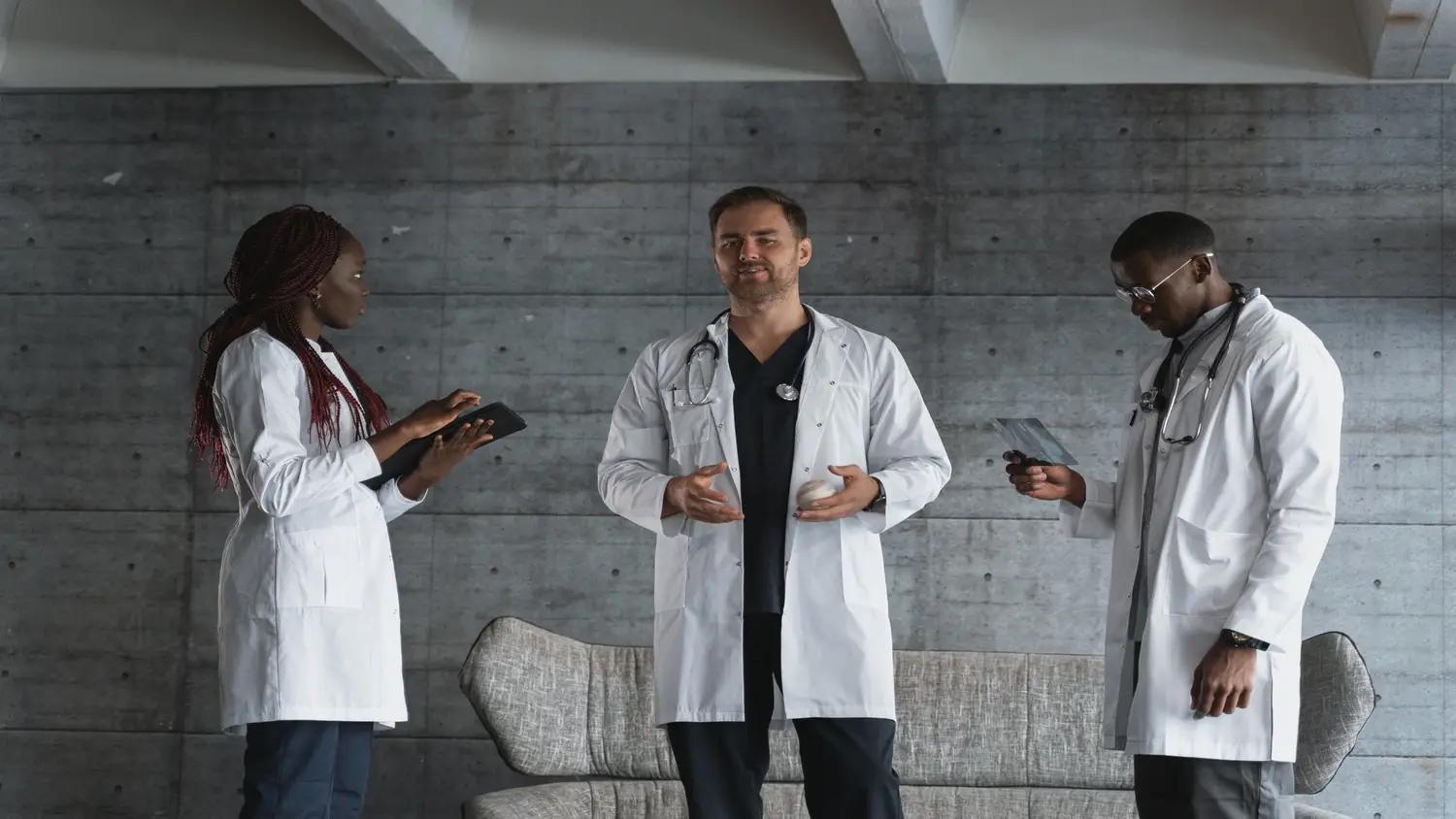
Choosing the Optimal Graft Material based on Clinical Need: Extraction Site vs. Sinus Graft vs. Onlay Graft
Choosing the Optimal Graft Material based on Clinical Need: Extraction Site vs. Sinus Graft vs. Onlay Graft is organized by American Association of Oral and Maxillofacial Surgeons (AAOMS). This Conference has been approved for a maximum of 1.00 CDE/CME credit.
Original Release Date: September 20, 2019
Review Date: May 14, 2022
Expiration Date: May 14, 2025
Overview:
Surgeons often need to restore missing bone while preparing for implant placement. The different healing effects using graft materials that have been processed differently, affecting biological profile, will be presented. When used to graft an extraction site, which may have lost a significant amount of bone, the graft will need to promote bone formation within the socket to provide for integration yet maintain facial/labial bone bulk long term for the avoidance of complications. Sinus augmentation requires a material that is osteoconductive yet can be present for a satisfactory amount of time to allow for bone formation within a created space. An Onlay graft must have osteoconductivity within the graft yet have minimal resorption of its bulk to avoid later thread exposure and implant failure. Xenografts are processed differently depending on the manufacturer with a significant variation in long-term resorption and bone formation. Clinicians will learn which graft material to choose for different clinical situations, exploiting the graft’s character based on how it is processed.
Learning Objectives:
At the conclusion of this program, participants should be able to:
• Explain how xenografts are processed and the effects on the material’s biological profile.
• Describe how to choose a graft material based on its clinical use.
• Explain why the optimal treatment of patients is based on recognizing the fundamentals of graft healing.
Additional details will be posted as soon as information is available.









